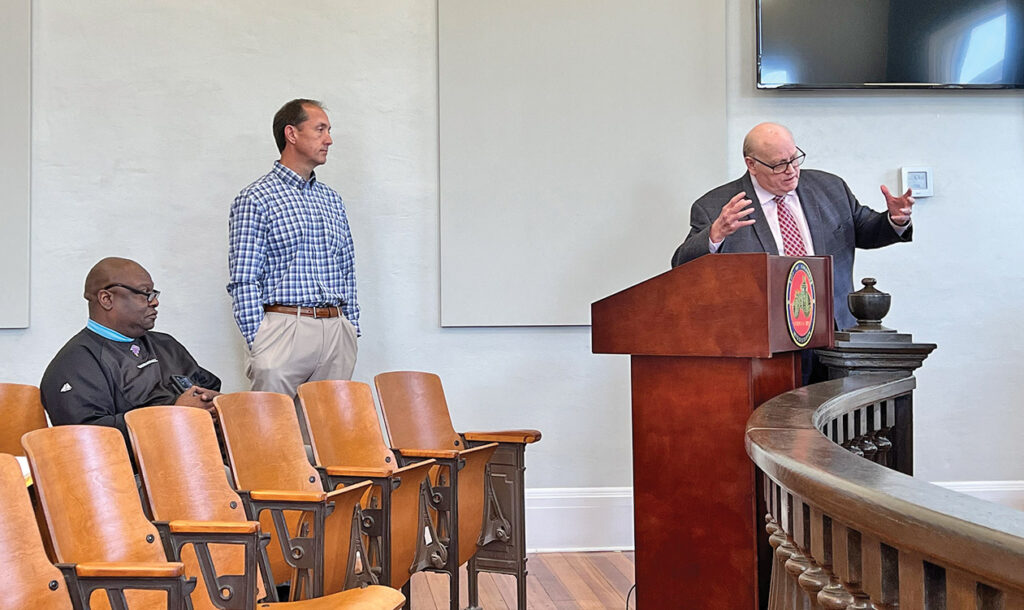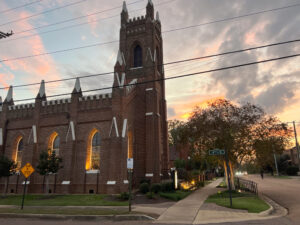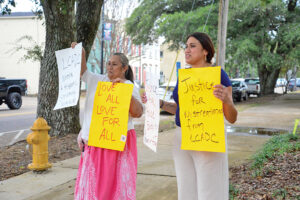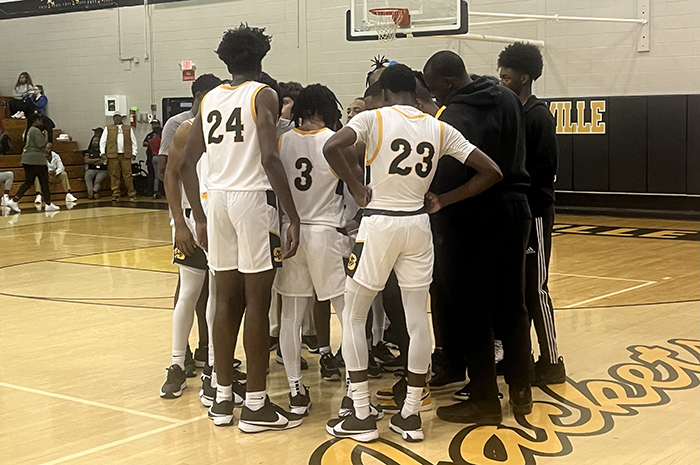
Columbus Chief Financial Officer James Brigham has a plan to help Columbus get money for community storm shelters.
During Thursday morning’s work session, Brigham suggested the council begin working toward getting a Federal Emergency Management Agency mitigation grant to build either one large shelter or several smaller ones scattered throughout the city.
Brigham, who came to Columbus from Jacksonville State University, used experience at his former gig as an example.
“JSU was hit by a tornado in 2018,” he said. “We used a consultant, a group called Mitigating America, and I called them (Wednesday) because I noticed that JSU was just approved for a 100,000-square-foot storm shelter for their campus.”
Brigham said he asked Mitigating America if it would share some of the information it provided JSU about FEMA mitigation grants with the city.
“They assured me (on Wednesday) that FEMA has all sorts of money for storm shelters,” he said. “I think based on what happened last week, now is the time for the city to strike and get after FEMA.”
A series of tornadoes swept through Mississippi on March 24, devastating several communities, including Rolling Fork, Winona, Aberdeen and Amory. At least 23 people were killed.
FEMA mitigation money is different from the disaster relief money the city has applied for in the past, Brigham said.
“It doesn’t require a match,” Brigham said. “The regular FEMA coverage is 75 percent of the cost. … I think there is an opportunity here, and we need to get after it.”
Brigham said the city wouldn’t have to pay for any consulting services.
“FEMA’s grants include an allowance for consultants,” Brigham said. “They pay for it, so it won’t cost the city anything.”
City Engineer Kevin Stafford said he was familiar with those grants, and there were several factors that the city would have to consider when planning.

“(A grant award) is based on a multitude of things, such as the people who can use it,” Stafford said. “It’s a combination of how many people are within a certain walking radius and how many people can drive within a certain time frame to this facility in the event of a disaster.”
Shelters could also be located near schools, Stafford said.
“I’ll use Louisville as an example,” he said. “They located theirs right next to two schools in the middle of downtown, so you can imagine the number of people who can populate in. It’s big enough that they use it for a community center.”
Stafford suggested the city consider the piece of land recently donated to the Golden Triangle Regional Homeless Coalition as a possible site.
Earlier this month the council donated about two acres on Airline Road for the GTRHC to build a tiny house village. Plans call for the site to include 10 small homes and eventually a warming/cooling shelter.
“One of the conversations we had with the (homeless coalition) is putting it on the front of that piece of land, right along the street,” Stafford said. “It’s centrally located, and it could also serve as a warming shelter. They could probably use it for different events, also.”
That grant has a long timeline, though.
“It will take at least three years to go through the process with FEMA,” Stafford said.
Ward 1 Councilwoman Ethel Stewart was on board.

“We really appreciate this with all of the recent storms,” she said. “We have no storm shelters, especially for seniors that have no place to go.”
Vice Mayor Joseph Mickens, who chaired the meeting in the absence of Mayor Keith Gaskin, asked Stafford and Brigham to consider some sites and come back to the council at its Tuesday night meeting.
Public Information Officer Joe Dillon is already working toward getting some FEMA mitigation money to install small shelters for first responders throughout the city.
In November 2019, Dillon said he applied for money for 12 six-foot-by-12-foot shelters to be built at the city’s fire stations. The intention was to provide shelter for firefighters, police officers and ambulance drivers in the event of severe weather.

“He’s got it right. It’s about a three-year process,” Dillon said. “We’ve been approved all the way through the process so far. They came in a couple of weeks ago and did flood surveys to make sure the proposed sites weren’t in the flood zone.”
The shelters are pre-cast and designed to withstand 250-mile-per-hour winds, Dillon said. They each cost around $7,000.
Brian Jones is the local government reporter for Columbus and Lowndes County.
You can help your community
Quality, in-depth journalism is essential to a healthy community. The Dispatch brings you the most complete reporting and insightful commentary in the Golden Triangle, but we need your help to continue our efforts. In the past week, our reporters have posted 46 articles to cdispatch.com. Please consider subscribing to our website for only $2.30 per week to help support local journalism and our community.







